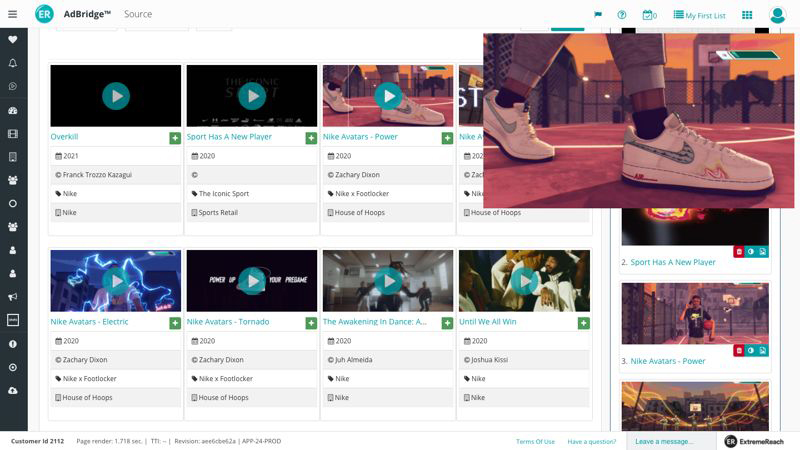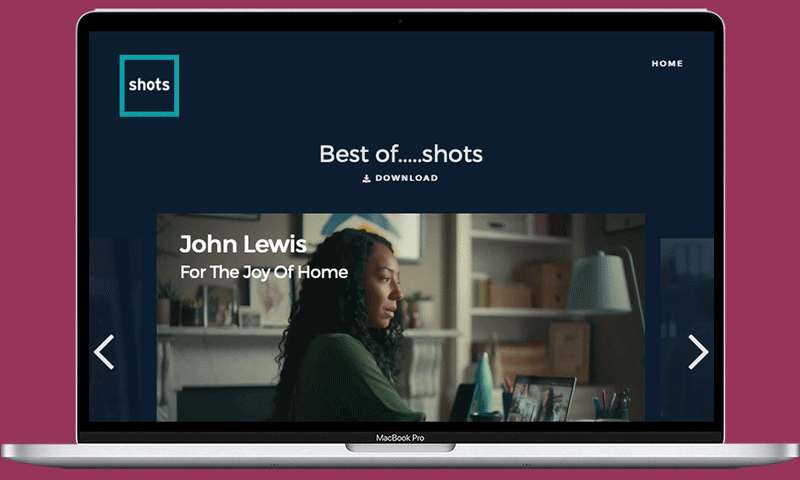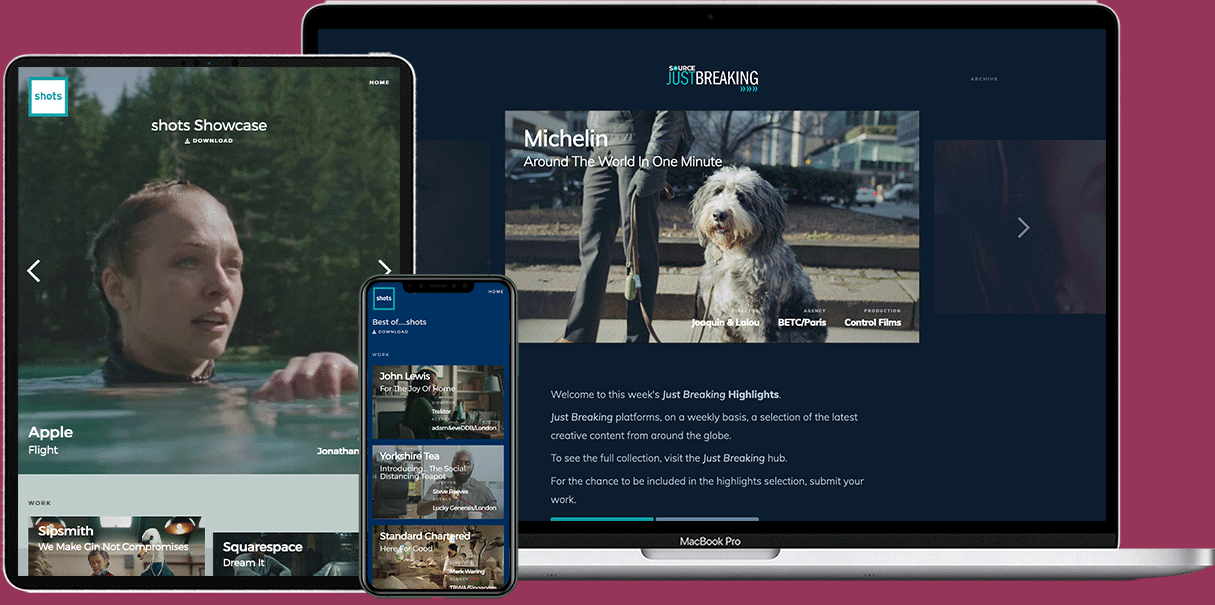Much of the conversation around the ’death of the cookie’ has been focused on how advertisers will continue to track consumers across different ecosystems.
Over a number of years, we as marketers have found ourselves in a situation where we track everything we can. Metrics have become a drug, and it will not come as a surprise that many of these numbers are obsessed over in boardrooms up and down the country. Advertisers have simply become greedy, and use cookies as a lazy way to measure performance without investing in a more robust measurement framework.
Arguably, the obsession with cookie-based metrics resulted in providers creating algorithms that are great at targeting users who were potentially going to convert anyway. Such metrics often ignore core advertising concepts and soft metrics, which are extremely important in driving long-term business profitability. The loss of cookie-based metrics will ultimately refocus attention on longer-term growth driving metrics in a market that has become increasingly overcomplicated.
The solution has been here all along: context is the most powerful dataset available to us.
Measurement is only part of the conversation. More fundamentally, data providers have used cookies as a means to scrape together a variety of different audience datasets and sell them in ways that are not often transparent to those buying and acquiring said datasets for use in campaigns. Programmatic buyers, for example, would test out different datasets and ultimately rely on cookie attribution to decide if they would or would not continue to use said dataset. In taking this approach, we have prioritized opportunities to assess and collate information on our target audience, over quality consumer experience. Cheap, low-quality inventory would consistently get an unfair advantage in hoovering up conversions through a last-click attribution window.

It is, however, not all that bleak for cookie lovers, as there are solutions on the way in the form of ID infrastructures. The Trade Desk is currently working on Unified ID; Live Ramp have their own solution, and Google are working on their Sandbox approach. In fact, UM’s holding group, Interpublic, has just announced they will become a closed partner for UID2.0. However, whilst Google has given the cookie a temporary stay of execution, their removal will come around faster than expected and does not mitigate the changes that other tech firms such as Apple and Modzilla have already made.
Advertisers should not just feel restricted to contextual content.
The solution has been here all along: context is the most powerful dataset available to us. It was the source of a lot of the cookie-based data that we had come to rely on, but with the current mindset of the consumer stripped out or decaying with time. Context is the best way of understanding the intent of the consumer.
Some will view this as a backward step. That is simply not the case, as huge steps forward in machine learning have brought with them an advanced understanding of content and semantics. Gone are the days of content editors having to insert keyword tags into the header so that servers could categorize the content.
Now, advanced algorithms will attempt to understand the meaning of content. Is it positive or negative? Is it relevant to the campaign? Processing power means that more than text will be analyzed. Videos are broken down frame by frame, speech is analyzed, music is identified, and location pinpointed. All this means communications planners have more information about content than they ever did before. We are now able to target visual elements, music, conversation, and the written word.
The power of contextual advertising is growing stronger and stronger, and we are just now scraping the surface of its potential
Don't just take my word for it: research indicates that media context factors elicit high recall and recognition for a brand (WARC). Key to exploiting context is having a structured approach. Here are 5 steps advertisers can take now to futureproof themselves in the contextual world of the future...

The Contextual Opportunity
There are more data sources than ever before to evaluate relevant brand and category contexts. Advertisers and agencies should make use of both freely available tools and their own proprietary tools in finding these opportunities.
Search Engine Optimisation tools provide insight that can be useful across a wider campaign. Demand-driven content gap audits should help to give an advertiser the edge in finding areas that are under-utilized by other competitors. Relational keyword tools can also help to find a broader set of keywords that can be added to campaigns to drive scale.
Gone are the days of content editors having to insert keyword tags into the header so that servers could categorize the content.
Traditionally, search tools have been the only place advertisers could get this information. However, more and more platforms are covering areas that were once blind spots. Coupling these insight sources with traditional search-powered tools makes for a powerful combination.
Contextual Moments
Advertisers should not just feel restricted to contextual content: for example, using time-based insights to create contextual opportunities. Understanding how products are consumed and how consumers interact with the category is crucial. Are competitors winning around key events? Is there a spike in purchases at 9 am on a Monday ahead of a new week? Moments can offer fresh opportunities for targeting and share of voice.
Context and Creative
Research shows that mapping creative and context drives greater performance. The good news is that processes and tools have been developed to enable better utilization of dynamic creative. Providers such as A Million Ads have invested significantly in platforms that make customization easy and reduce the creative burden on advertisers. You can now utilize dynamic creative tools across all major digital channels.
Advertisers that have mapped out their relevant contexts should then attempt to tailor their creative to the relevant context. Those brands will see increases in ROI and brand recall. It makes sense, but so few advertisers are driving contextual alignment of their creative.
Create Your Own Contextual Experiences
A healthy ecosystem of content aligned to the category is a powerful tool to drive consumer interaction. Advertisers should take content one step further and produce tools that deliver value exchange. Focusing on interactive contextually aligned experiences can drive not just brand recall, but more importantly, give the advertiser more control in owned environments.
Advertisers have simply become greedy, and use cookies as a lazy way to measure performance without investing in a more robust measurement framework.
Brands creating their own contextually relevant experiences can provide some form of value exchange to the end-user, and ultimately build a more sustainable model of data capture that relies on persistent data.
Utilizing Trusted Content
And finally, advertisers should review their approach to brand safety to ensure that they are not needlessly excluding content from respected publishers. Through continuous review of keyword lists, agencies and advertisers can have an open dialog. A customized approach to news brands is also needed to increase access to quality content. Deeper partnerships and technology integrations are key to creating mutual benefit.
Ultimately, while the ‘death of the cookie’ does come with repercussions for brands and advertisers alike – many of which may not be fully realized until their removal – this gives us a chance to recalibrate our approach to consumer interaction and targeting. The power of contextual advertising is growing stronger and stronger, and we are just now scraping the surface of its potential. The future of advertising may be slightly in flux, but there are some exciting opportunities ahead.





 + membership
+ membership








